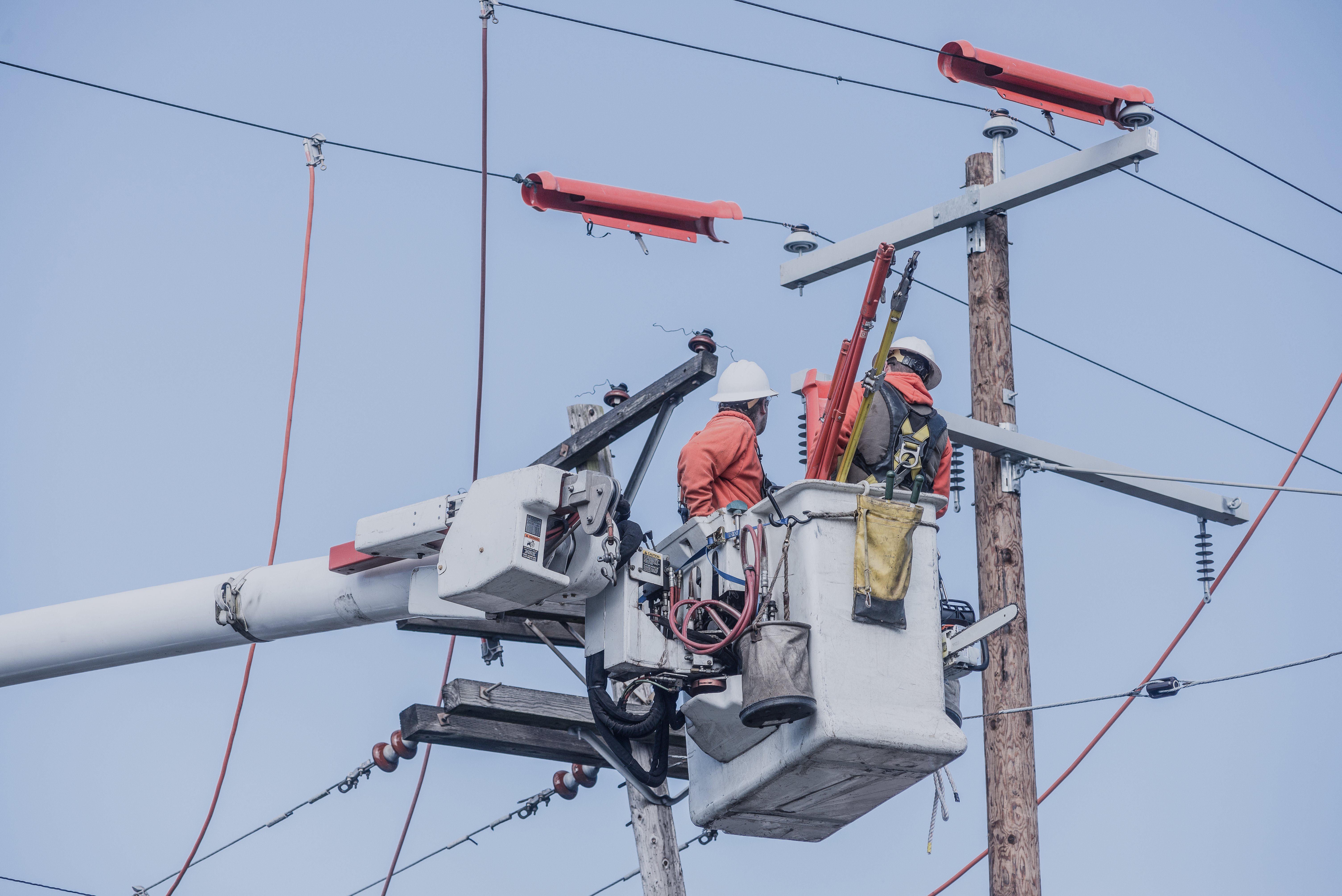
The Issue:
Workplace safety, especially when working around cranes, is critical. On average, there are four deaths every month in crane-related incidents, with countless injuries in addition.
Chuck Pettinger, Ph.D, tackled this issue with his 5 Ways to build a culture of safety article in EHS Today.
The Bottom Line
Pettinger lists five indicators he sees “in corporations successfully building a culture of safety.”
- More engaged and empowered employees
- A greater emphasis on proactive measures and safety metrics
- Moving safety from “outside-in” to “inside-out”
- Signage that relates safety to helping you and others
- Safety that is made convenient
Read on for Senior Instructor Larry Kime’s analysis of the five ways to build a safety culture.
Expert Insight
One of the most important measures any safety professional can take, is also one of the hardest – proactivity. Anticipating danger, as opposed to reacting to it.
The safety community, by default, is largely reactive. When something has happened once, we try to stop it happening again.
The result is a safety team trying to fix the last thing that happened, rather than attempting to prevent the next issue.
To be successful, safety professionals ought to look at processes and symptoms. This involves a mindset shift.
It is also incredibly hard to do. It takes a lot of imagination to play the guessing game, to ask, ‘what if?’.
Once these safety measures have been created, the next battle is implementation. In this case, the issue is one of messaging.
To create a culture of safety, it is not enough to simply say what must be done. The message has to include a ‘why’.
This ‘why’ is central to the buy-in of your audience. It creates meaning and impact.
When I tell you what to do, I demonstrate that it means something to me. When I give the ‘why’, I show it matters for you, too.






